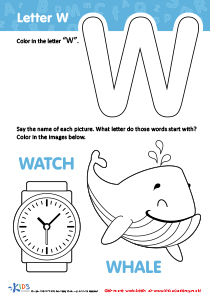Letter recognition Normal Grade 3 Alphabet Worksheets
17 filtered results
-
From - To
Enhance your Grade 3 students' literacy skills with our "Letter Recognition Normal Grade 3 Alphabet Worksheets." These thoughtfully designed worksheets focus on identifying, distinguishing, and practicing both upper and lowercase letters. Ideal for young learners, our resources engage children through fun activities that bolster their letter recognition abilities. Perfect for teachers and parents alike, these worksheets provide the foundational skills necessary for reading and writing proficiency. Foster confidence and academic growth with our easy-to-use, printable materials. Browse our collection to support your child’s educational journey with the best tools for effective learning and success.
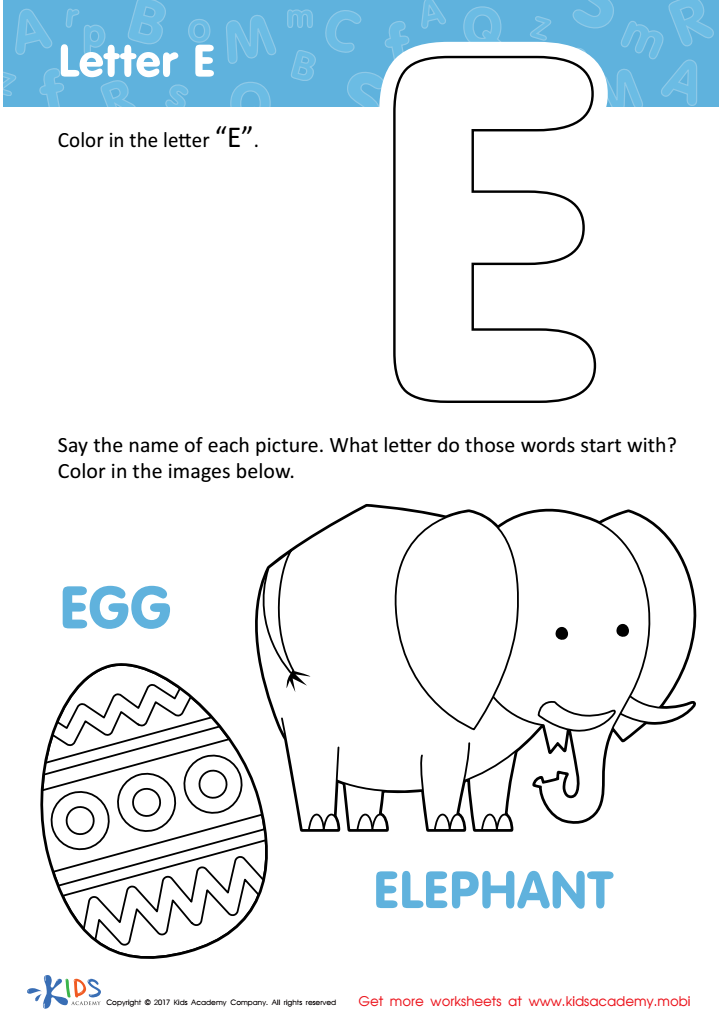

Letter E Coloring Sheet


Letter P Tracing Page


Letter Q Tracing Page


Letter H Tracing Page


Letter G Tracing Page
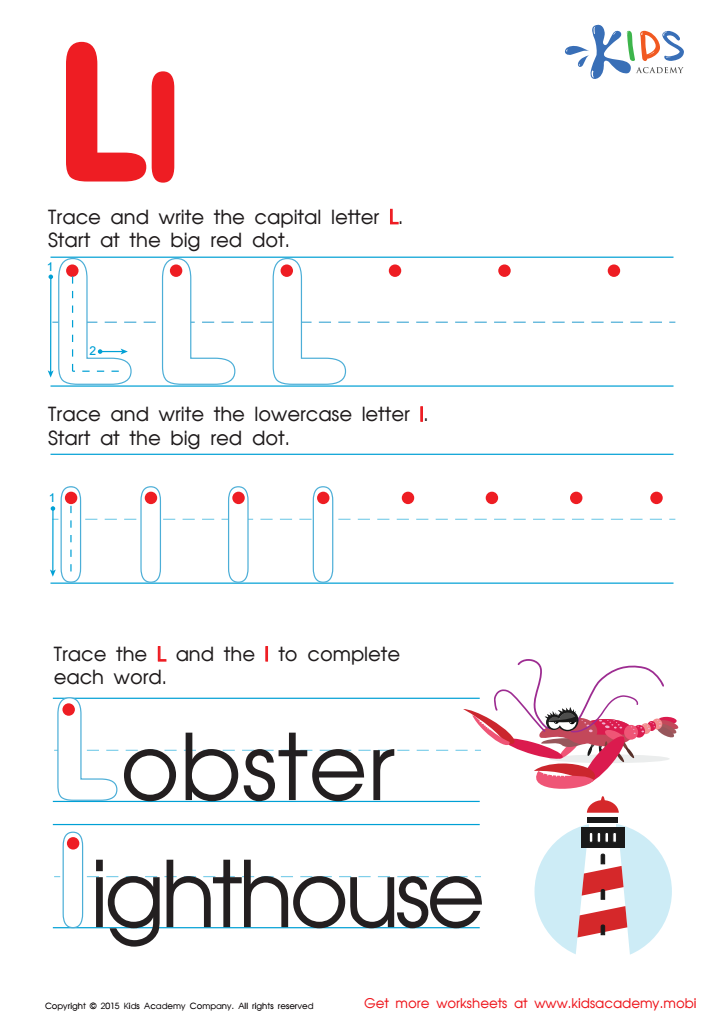

Letter L Tracing Page
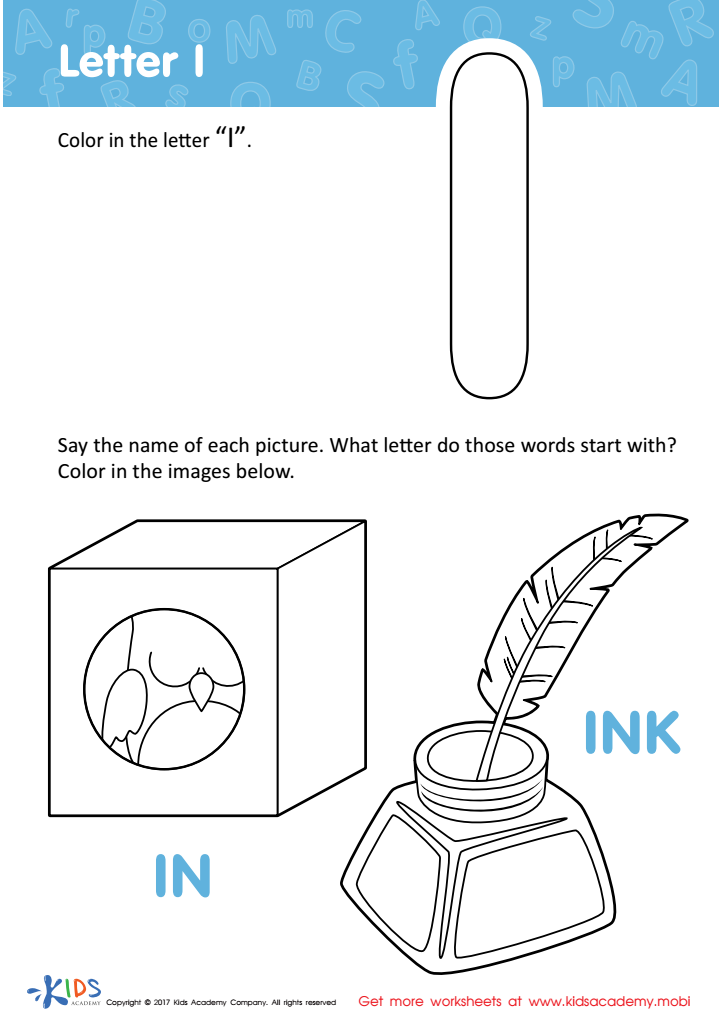

Letter I Coloring Sheet


Long and Short U Worksheet
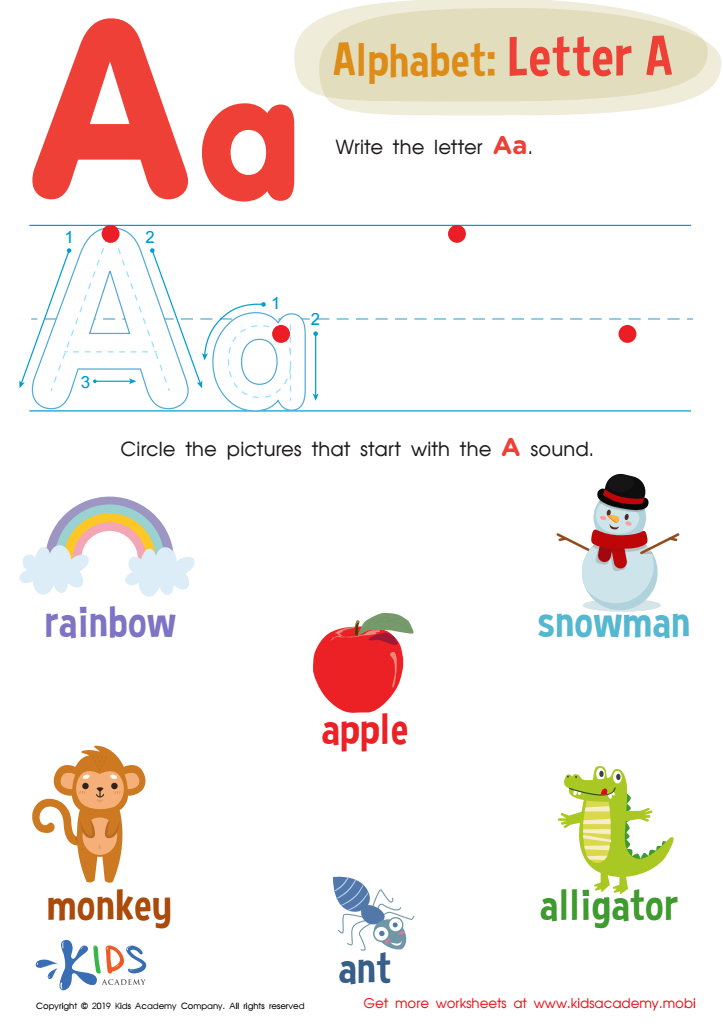

Letter A Tracing Worksheet
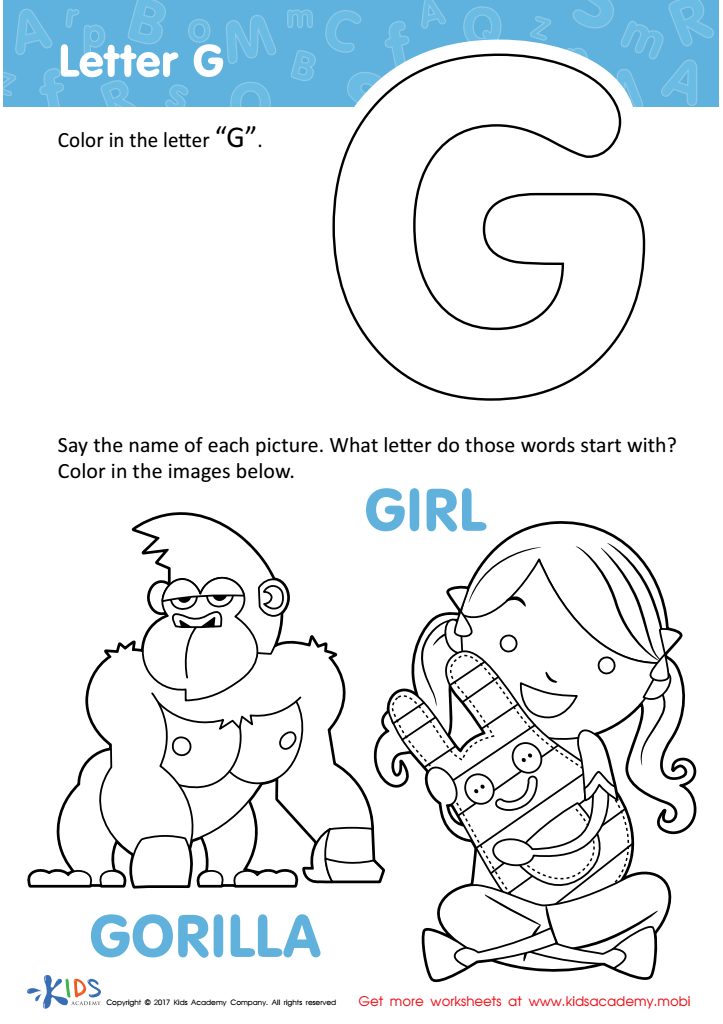

Letter G Coloring Sheet
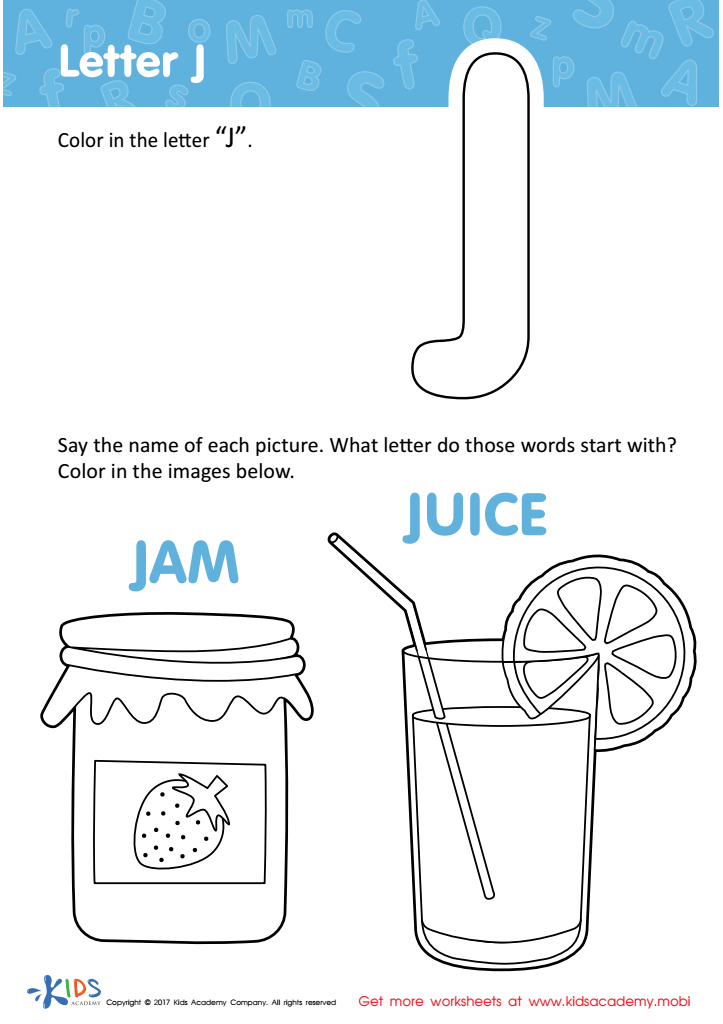

Letter J Coloring Sheet
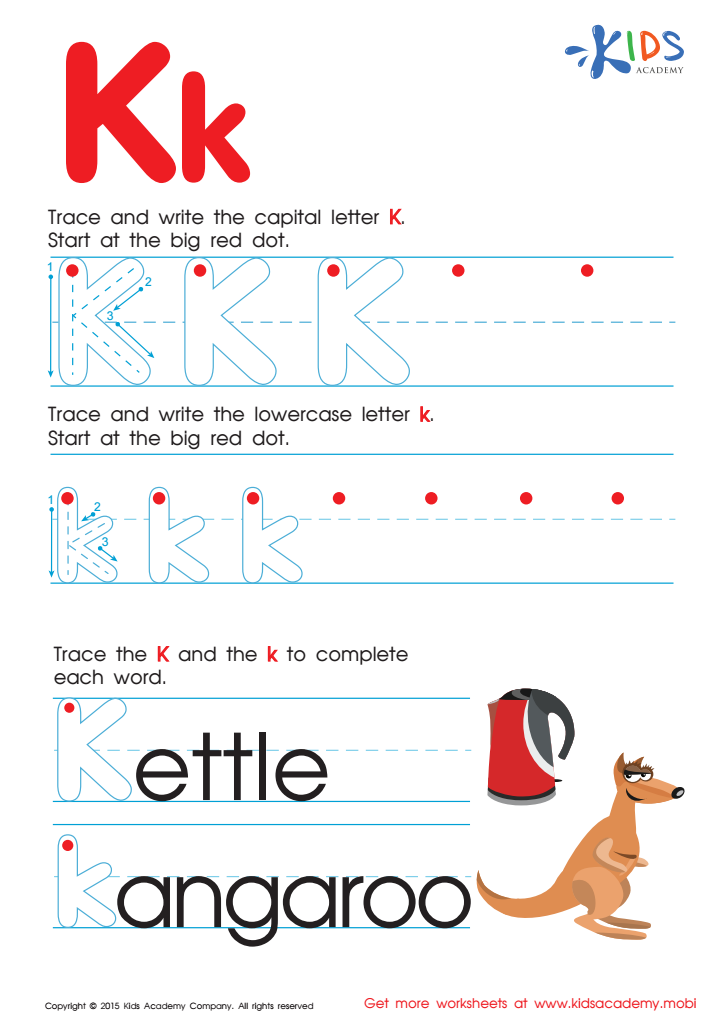

Letter K Tracing Page
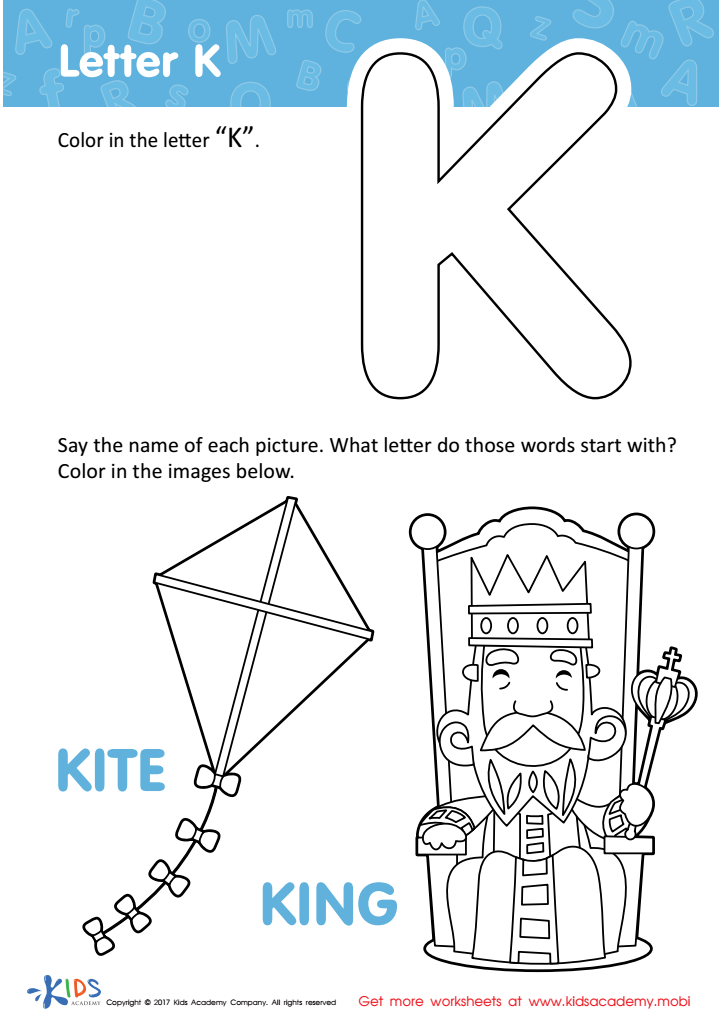

Letter K Coloring Sheet
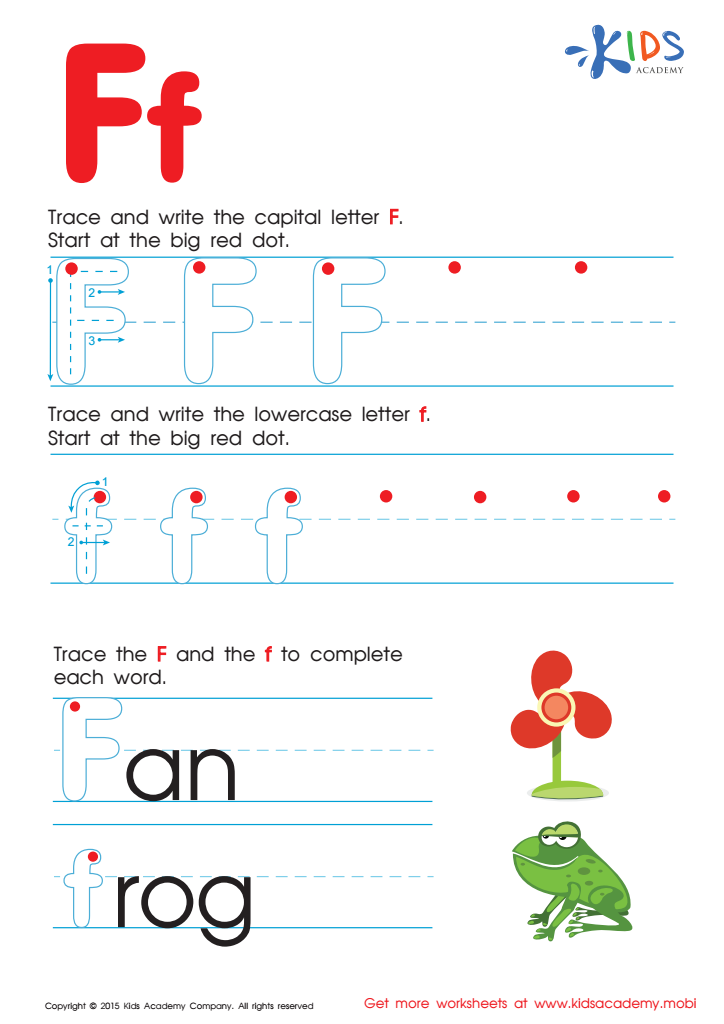

Letter F Tracing Page


Long and Short E Worksheet
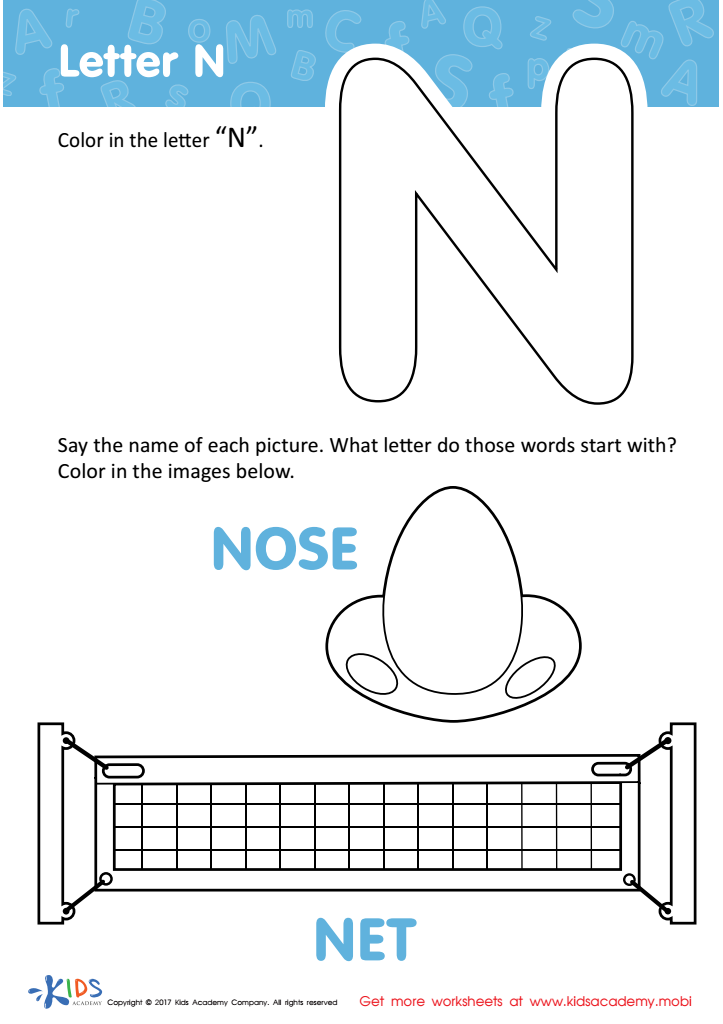

Letter N Coloring Sheet


Letter D Tracing Page
Letter recognition is a critical foundational skill for children in Grade 3, and both parents and teachers should prioritize its development for several important reasons. Firstly, letter recognition directly impacts reading skills. When children can easily identify letters and their corresponding sounds, they become more adept at decoding words, which is essential for fluent reading. This fluency allows them to access a variety of texts and comprehend stories, instructions, and informational content necessary for academic success.
Secondly, there is a strong connection between letter recognition and spelling. Understanding the alphabet helps children grasp the structure of words, aiding them in both reading and writing activities. This subsequently improves their vocabulary, communication skills, and overall literacy.
Moreover, mastery in letter recognition can boost a child's confidence and engagement in the classroom. When children struggle with basic skills, they may become frustrated or disinterested, which can affect their motivation to learn. Ensuring that they are comfortable with the alphabet fosters a positive learning environment.
Lastly, early intervention in literacy challenges is more effective and less resource-intensive than remediation in later years. By emphasizing letter recognition in Grade 3, parents and teachers can help set a solid foundation for future educational success, reducing the likelihood of later reading difficulties and supporting long-term academic achievement.
 Assign to My Students
Assign to My Students








